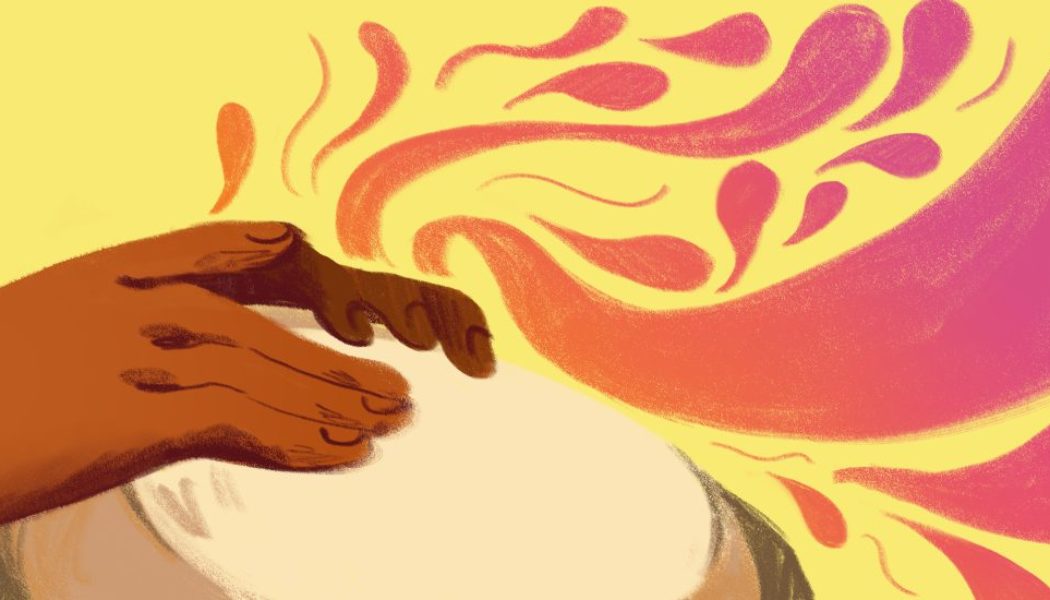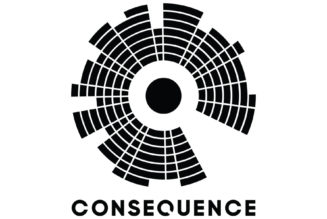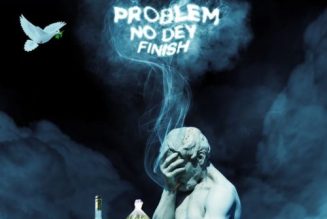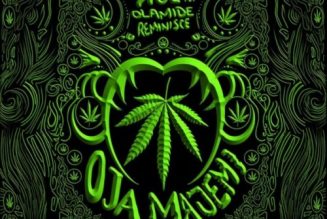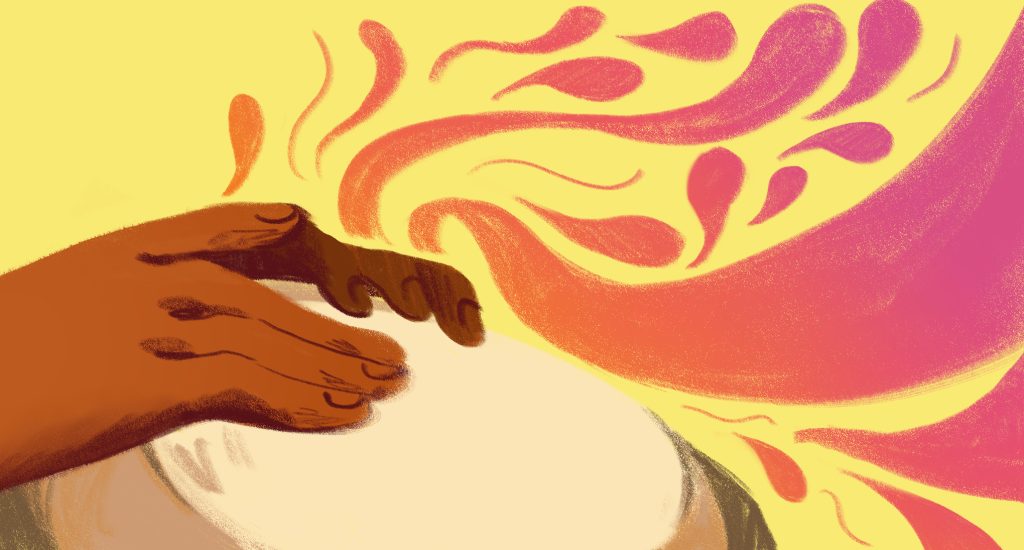
It’s easy to assume Africa’s most popular genre, West African Afrobeats, is all there is to the continent’s music scene.
With 3,000 ethnic groups and more than 2,000 languages, Africa has a variety of unique music genres — most of which are severely underrated. Here are four overlooked African genres you should explore this Black History Month.
Amapiano
Spend a night partying in a nightclub in Soweto, South Africa, and you’ll most likely find yourself dancing to amapiano.
This new genre emerged from segregated townships in South Africa during the mid-2010s. Rooted in the Zulu word for “piano,” amapiano is a mix of house and jazz, with rhythms and melodies unique to South African traditions.
Prominent amapiano DJs have worked with famous American artists in the past. DJ Lag worked with Beyoncé in her song “My Power” in 2019, and DJ Maphorisa played a role in Drake’s 2016 hit song “One Dance.”
Iconic ampiano song: “Ngiyafuna” by KissBeatz
Desert Blues
Also known as “assouf” and “tishoumaren,” desert blues is an intrinsic part of the contemporary Sahelian culture. Mainly pioneered by the Tuareg ethnic group of southern Algeria, Niger, Mali and western Libya, desert blues is a mixture of rock and Sahelian folk music.
The genre is famous for its infectious rhythm and hand clapping mixed with groovy electric guitars and emotional vocals. The Tuareg people invented desert blues to cope with the violent consequences of French colonization and the wars of independence that followed.
One of the most influential desert blues bands, Tinariwen, was the brainchild of its lead singer, Ibrahim Ag Alhabib, a Tuareg refugee. When the Malian government executed Alhabib’s father in front of him in 1963, he spent the following years floating between refugee camps and prison stints until he met his bandmates in Algeria.
In its inception, they were a nameless group performing at weddings and events. As they gained fame within their communities, they became known as “Kel Tinariwen,” which means “Desert Boys” in Tamasheq, their native language. The band dissolved when they joined the Libyan army in 1980, but their status as symbols of Tuareg resilience persists today.
Iconic desert blues song: “Tiwàyyen” by Tinariwen
Tezeta
Founded by the Amhara people of Ethiopian highlands, tezeta has often been compared to the blues, though the genre stands out in its own right. The name loosely translates from Amharic to “nostalgia” or “longing,” and tezeta evokes those emotions in its listeners.
Warm vocals, soothing pianos and groovy saxophones carry the genre, which gained popularity throughout all ethnic groups of Ethiopia. Tezeta thrived in Ethiopia’s musical golden age in the ’70s after Emperor Haile Selassie was deposed and replaced with the Derg, an authoritarian regime. Amid the revolution, tezeta artist Hailu Mergia and his musical group, Walias Band, rose to prominence.
Headquartered in Addis Ababa’s luxurious Hilton Hotel, Mergia played for visiting diplomats and political figures. Still, the Derg regime heavily censored the music industry. For music groups like Walias Band to maintain success, they had to keep the Derg pleased with them. This proved to be an increasingly difficult task as Ethiopia plunged into civil unrest.
Caught between the government and their dissatisfied citizenry, Walias Band elected to have largely lyricless music. Eventually, Mergia left Ethiopia for the United States in 1981 after a famine hit Ethiopia. After a 30-year-long hiatus, Mergia is back to crafting and performing his songs, spreading a taste of a near-forgotten era worldwide.
Iconic tezeta song: “Wede Harer Guzo” by Hailu Mergia
Zamrock
Fans of Jimmy Hendrix-style psychedelic rock might find solace in Zamrock, a rock genre that emerged in Zambia during the ’70s following the end of British rule. The genre combines American rock — brought to Zambia by the remaining wealthy British settlers — and traditional Zambian rhythms.
The country saw an economic boom after Zambia finally seized control of its copper mines. Newfound freedom and economic prosperity created the perfect environment for Zamrock to thrive. The first Zamrock album ever produced was “WITCH – Introduction,” created by a band of the same name.
WITCH, an acronym for “We Intend to Cause Havoc,” paved the way for more Zambian artists to delve into the new genre. Unfortunately, Zamrock’s appeal faded a decade later due to a country-wide economic crash and the AIDS epidemic.
By the early 2000s, most of WITCH’s members died of AIDS, but the musicians that heralded Zambia’s golden era are far from forgotten. European and American record labels like Now Again Records republished many of WITCH’s albums, triggering a resurging interest in the genre 50 years after its inception.
Iconic Zamrock song: “Lazy Bones” by WITCH
Illustration by Felicia Tshimanga
